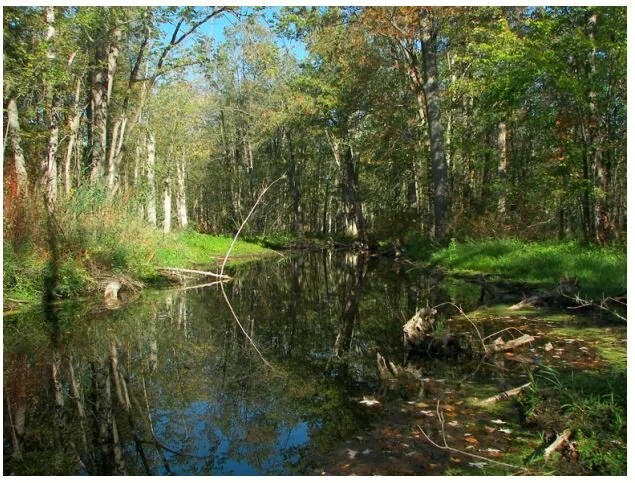Residents get a voice on growth
Residents get a voice on growth
The arrival this week of a mail-in survey on Hamilton’s growth strategy gives every resident a voice in whether the city will continue to replace farmland with residential subdivisions. Developers, city planners and the Ford provincial government are lined up against community groups, farmers and environmentalists in an epic battle that will determine the face of the city for at least the next 30 years.
The survey going out to every household is the result of strong pressure from those advocating for the “no boundary expansion” option. That’s arraigned against an option deemed by city planners to be the “ambitious density scenario” that would approve residential development on 3300 net developable acres of agricultural land.
Developable acres means the land that can actually be turned into residential lots. The gross area to be urbanized is actually 4500 acres which includes roads and other infrastructure plus environmentally protected features like woodlots, wetlands and stream buffers.
These lands have been expansion targets of both developers and city officials for nearly two decades and comprise nearly all of Hamilton’s remaining prime agricultural lands outside the protected Greenbelt. They are controlled by three competing blocks of developers.
Turning rural lands into residential subdivisions is very financially lucrative since their sale price as house lots is several orders of magnitude greater than their purchase price as farmland. The key step to obtain these financial gains is getting city council to include the lands in an urban boundary expansion.
That’s been bolstered by multiple changes to planning rules brought in by the current Progressive Conservative government led by Doug Ford which strongly favour single-family housing, and require cities to expand their urban areas before the next provincial election to accommodate the next 30 years of population growth projections.
At the top of the urbanization list is Elfrida, a sprawling L-shaped block of prime agricultural land lying south and east of the intersection of Rymal Road and Upper Centennial Parkway owned by a group of prominent developers. It makes up over two-thirds of the targeted expansion and as late as 2015 it was deemed to be the priority area.
As far back as 2003, city planners designated this entire block as a future growth area in a process called GRIDS – Growth Related Integrated Development Strategy – that was approved by city council in 2006. This designation was subsequently written into the city’s official plan.
But provincial rules required the city to prove it actually needed these lands for growth, not that it only expected it would require this expansion at a future point, so the province removed the ‘future growth’ designation. The Elfrida landowners appealed this removal and convinced a majority of city council to add the city as an appellant.
City council thumbed their nose at Queen’s Park and started detailed planning for the Elfrida lands including subwatershed studies and a secondary plan. Much of that work was completed by fall 2018 when it was incorporated into the current GRIDS2 work now subject to the mail-in survey.
Second on the list is the Twenty Road East block of just under 700 developable acres (gross area nearly 1100 acres) on both sides of Twenty Road east of Upper James and west of Nebo Road. These owners have been campaigning for most of the last twenty years against the designation of Elfrida as the preferred expansion zone.
A third group owning lands further west emerged from the Airport Employment Growth District (aka aerotropolis) battle that expanded the urban boundary in 2015 for industrial development after a decade of controversy. These developers, calling themselves the Twenty Road West Group, got their land excluded from the AEGD expansion. It now sits as three rural islands squeezed between the AEGD and Twenty Road West and they have been arguing this makes their properties the ideal preferred expansion area.
The “ambitious density scenario” strategy recommended by city planners curiously turns out to be exactly the combined size of the lands owned by the three competing developer groups. That may have been partly accomplished by making the “developable” portion of Elfrida 170 acres less than was calculated in the 2018 studies although the boundaries haven’t changed.
Having all the competing developers apparently in line for the big financial prize of being added to the urban boundary may mean less competition between them and a more united front against the community groups, farmers and environmentalists arguing for no more loss of farmland. The home builders association that claims to represent all three local developers is so far the most vocal supporter of the proposed expansion which it deems a ‘balanced’ solution.
Those arguing for the “no boundary expansion” option say foodlands must be protected, greenfield growth never pays for itself because of the required added municipal infrastructure, and that any hope of Hamilton meeting its climate targets will be eliminated by more urban sprawl. They point to a substantial population decline in the older parts of Hamilton and the resulting loss of density as a major cause of the city’s inability to find funds to maintain existing roads, pipes and other infrastructure.



